
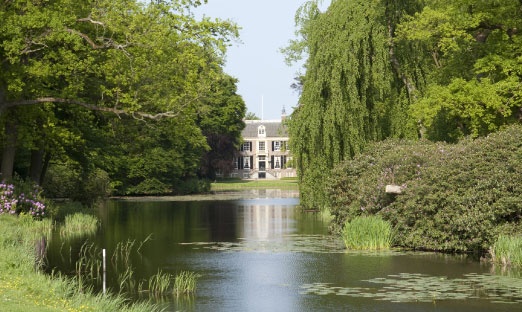
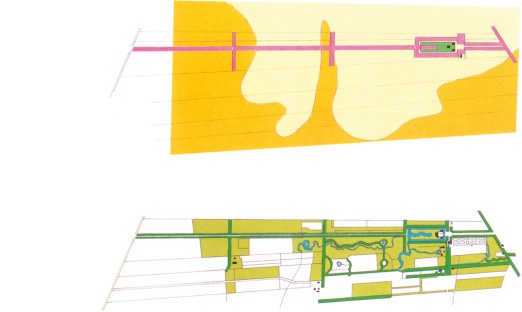
This castle, or rather country estate, named Groeneveld is located in Baarn, some 18 miles East of Amsterdam. It is an area where the sandy soil defines the natural border of a rectangular landscape of man-made polders.
The estate dates from the beginning of the eighteenth century. A long, narrow park was laid out among the geometrical parcellation that is so typical of Dutch landscape. A formal garden at the back of the house linked the symmetry of the building to a central axis that ran the whole length of the park. Later more playful elements in a Baroque style were added, featuring fanciful rivulets and ponds surrounded by exotic plants.
About 1800, this all added up to a park with a Romantic cachet. A century later the estate had become a genuine park in the English landscape style, presumably by the landscape architect J.D. Zocher Jr. Existing bodies of water were extended and joined, obliterating the remains of the formal garden and decisively shifting the axis from a narrow lane of trees towards the spacious middle of the park.
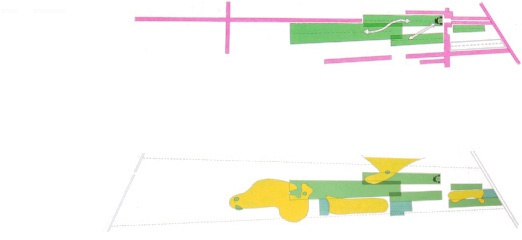
Then benign neglect set in. It took about another century, but by 1980 the park had by and large disappeared, overgrown by the very nature it supported. The house, after almost 300 years of private ownership, was made into a Museum of Forestry, Nature and Landscape. The park of 324 acres was reconstructed to resemble the situation around 1900.
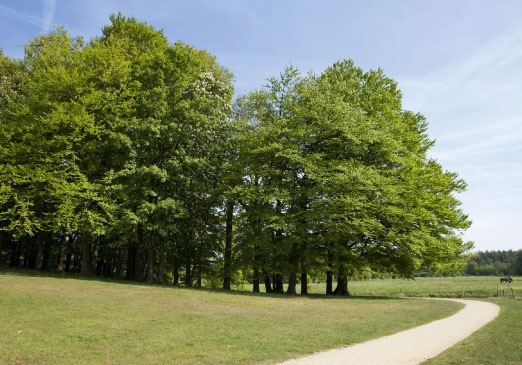
History
Since there are no drawings or plans left, a careful survey of the site had to provide the necessary information for the reconstruction. Enough was known about the period to be able to work within its spirit.
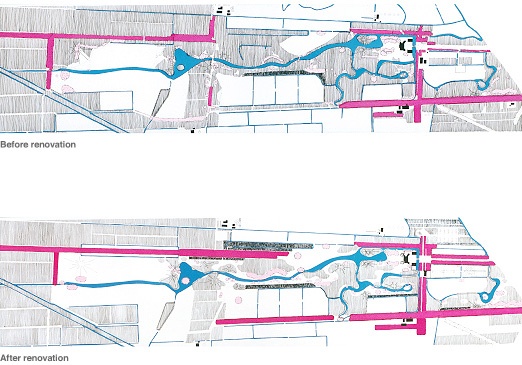
Space
Remnants of the Baroque rectilinear lay-out were gratefully used as steppingstones towards a new system of sight lines that connect with the surrounding landscape. Trees in straight rows are set against a free-flowing treatment of space in between.
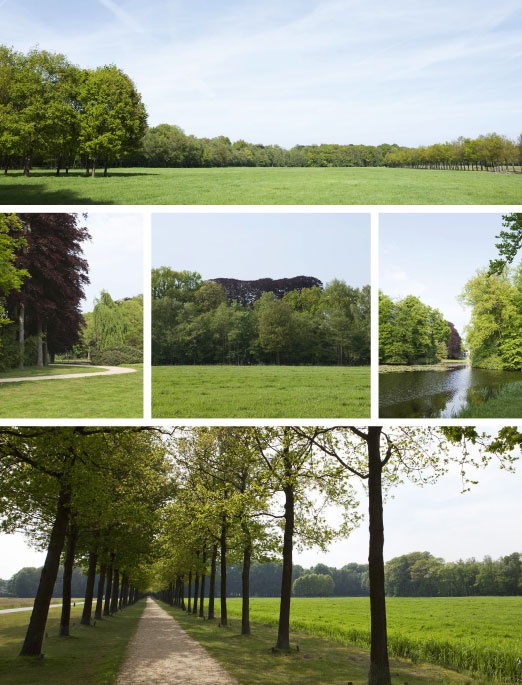
Brook
A meandering brook feeding a central pond tells the romantic story of water winding its way through a serene and deserted world where only the sound of silence is heard. Man becomes aware of his insignificance.
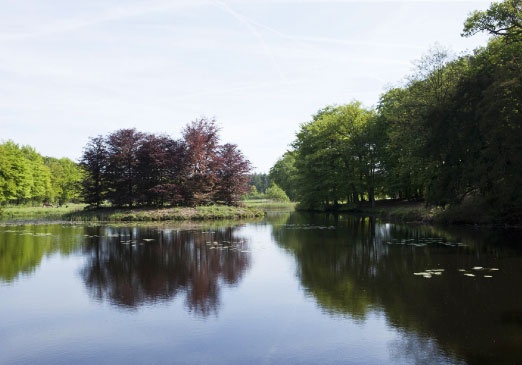
Client
National Forestry Department
Credits
Hans Warnau
Landscape architect
Bureau B+B
Landscape Architecture
and Urban Planning
Photography
Emilio Troncoso Larrain